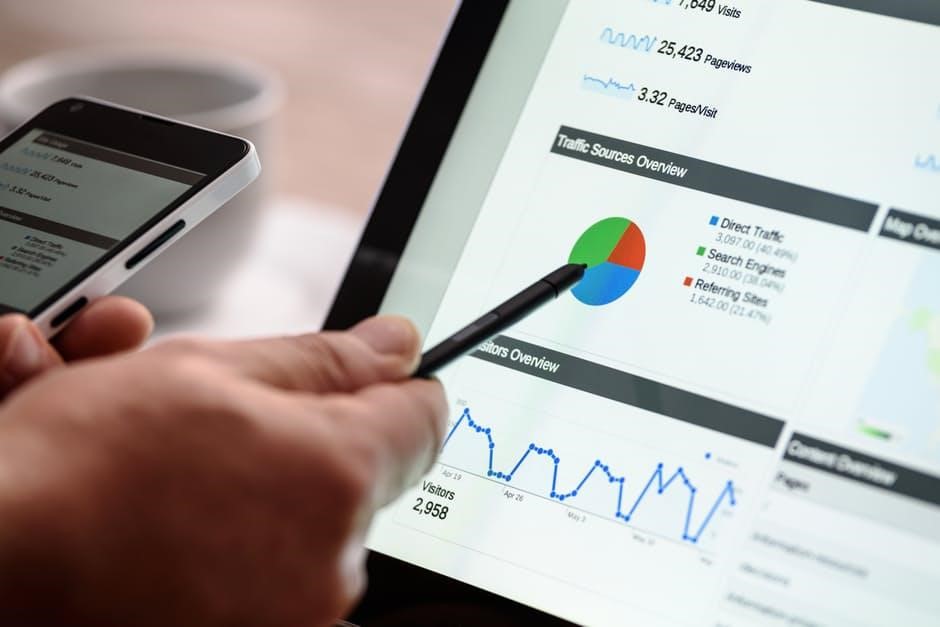The term “Big Data” shouldn’t be taken as a sign that it is at all incompatible with a small business structure. The “Big” in “Big Data” shouldn’t be considered big because the number of employees in companies that use it, but more fittingly because of its potential to help any business improve and excel in massive.
The following are some of the various ways that Big Data can serve an important role in small businesses around the world, no matter what their particular niche may happen to be.
Sales data analysis
Any small business that has been operating for over a year should have more than enough raw engagement data built up to conduct some very enlightening analyses. By taking the information that is has on sales made throughout each quarter, a small business can start drawing cross-references between the methods that were or were not positively correlated with the most profitable successes.
Small businesses that have been diligent about keeping the majority of their sale information in a designated ledger will be in an especially advantageous position to start working on future strategies based on the biggest past victories. Sale data can be linked to the use of every solution that small business employed in its campaigns, revealing the ones that are tied most closely to high ROI ventures.
Using diverse 3rd-party datasets to discover hidden, profitable relationships
The sale data is just one aspect out of all the different crucial aspects there are to learn more about through big data analysis. Aside from just investing time into learning about the ebb and flow of how it makes money, a small business can take some time and allocate it to reading up on the big data made available by third parties.
Third party big data may not be directly linked to the small business itself, but by studying it anyway, small businesses can gain an inside look into the true nature of consumer demand and buying trends under unique combinations of social and environmental factors.
Some of the things that a small business can examine to learn more about from with 3rd party big data include demographic-focused information, the influence of the weather on spending habits, the shifts in online shopping throughout the different seasons the year, and all other different kinds of socio-economic metrics.
Applications of Big Data Solutions for Small Business
Through Big Data solutions, small businesses will still be able to more than match enterprises in the comprehensiveness and fluidity with which they can organize their data and leverage it accordingly.
With a solution like OLAP Technology, a small business can have an all-inclusive point of view on any selectively-extracted piece of data that it pulls up for analysis. Users can designate a specific category of data and choose the exact display format that they’d like the information presented in.
Representational presentations of the data, be they spreadsheets or any other graphical format, can be further customized with the specification of metrics such as the day, month, year and geographical location. Every aspect can be customized to give the user an intuitive analytical experience, with nothing but that which matters most.
Conclusion
Small businesses are not a small representation of the business that gets done in the United States. According to Forbes, there are over 27 million small business in the nation, and they collectively employ over half of the American working population today.
Small businesses do big business, and fittingly, big data analysis can do these small business worlds of good. A small business that makes an effort to make the most of big data will be sure to make bigger strides in all areas.
Find a Home-Based Business to Start-Up >>> Hundreds of Business Listings.


















































